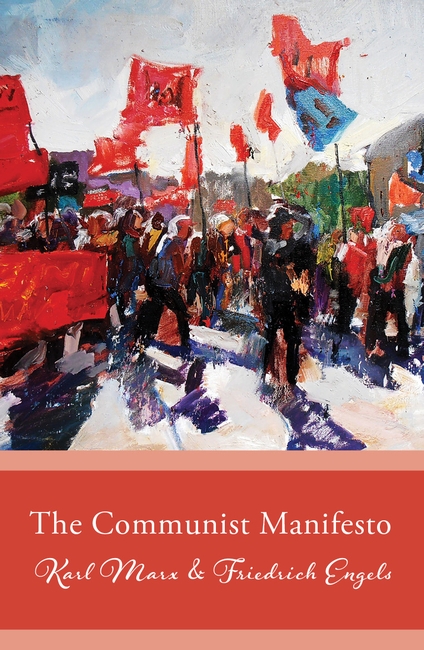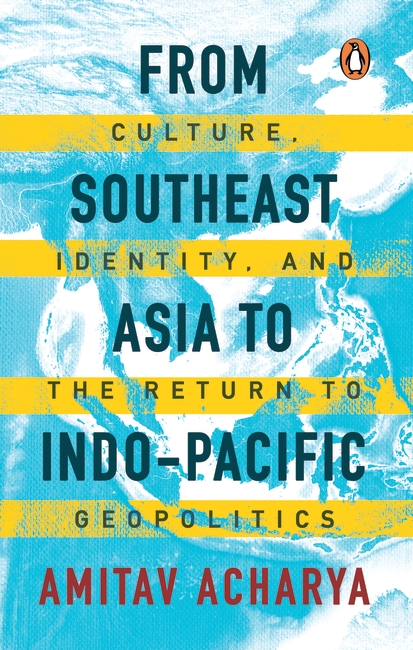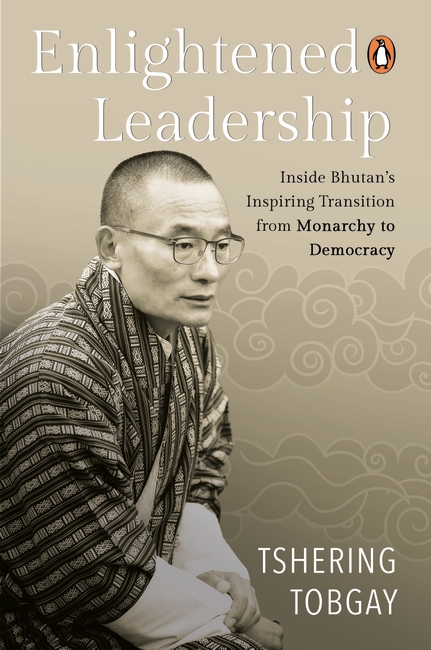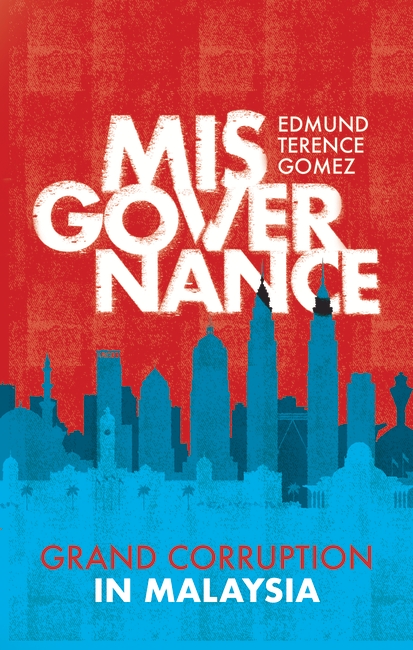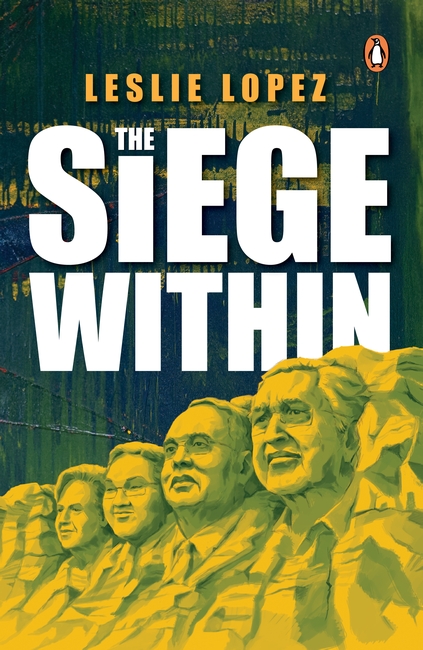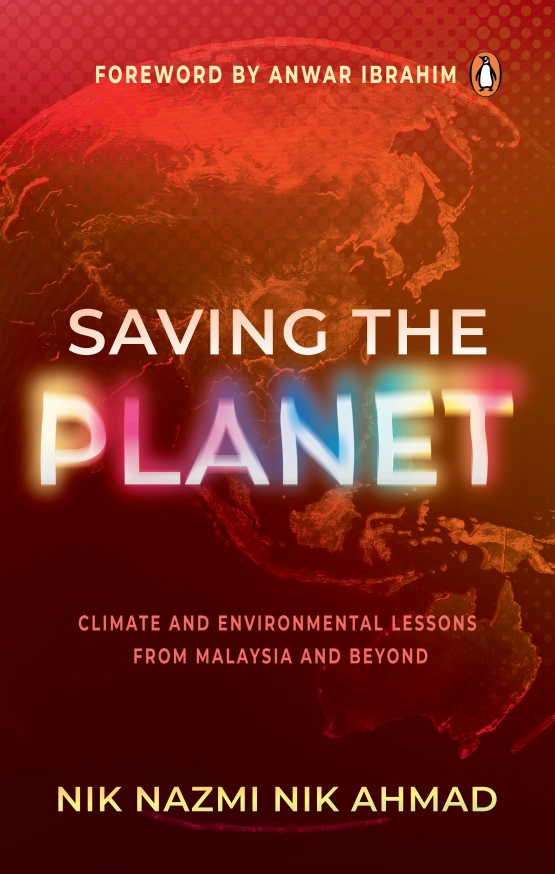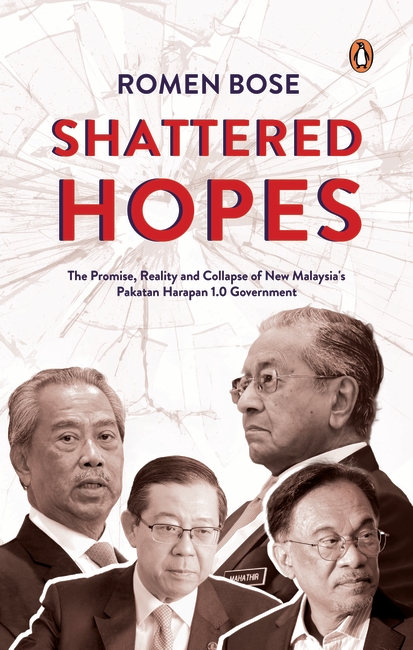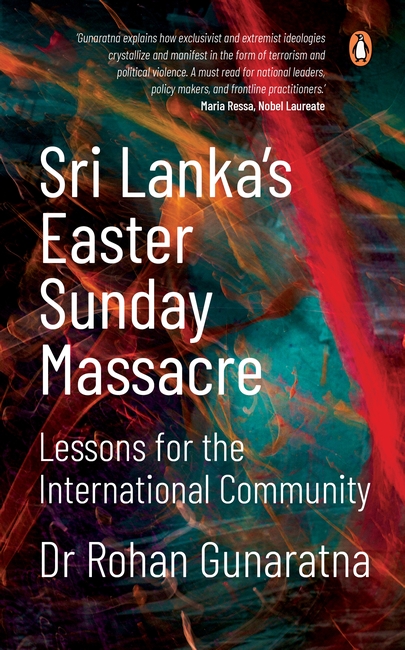
What is history? How is it made? And why does it matter? Reimagining Singapore’s History brings together leading historians to discuss these questions within the context of the decades-long project to rediscover pre-colonial Singapore.
2019 was a milestone in Singapore’s history as it marked the 200th anniversary of Stamford Raffles’ landing in 1819. However, in a powerful turn of events, government-sponsored celebrations used the occasion to highlight Singapore’s longer pre-colonial story, in the process officially pushing back the modern country’s origins to the 14th-century trading post of Temasek.
Contrary to popular belief, Singapore was not a forgotten land between Temasek and Raffles; it remained a rich crossroads of trade, culture, religion, and merchant empires (both Asian and European). The discovery of this pre-1819 period has led to Singapore’s ‘new history’, also known as its ‘700-year narrative’.
While this narrative has long been common knowledge among academics, it was only in the past decade that it began to make its way into the public consciousness. Why and how did these changes come about? Where did they come from? Why did it take so long to bridge academic and public knowledge? And what is pre-colonial Singapore’s relevance for us in the 21st century?
Surveying topics from archaeology to post-colonial theory, this essay collection explores the above questions and introduces the sources, discoveries, and ideas that led to the literal re-writing of Singapore’s official historical narratives over the past decades.

“The free development of each is the condition for the free development of all.”
The Communist Manifesto, a philosophical document, through its engaging story-like narrative explains the rise of industrial capitalism and sheds light on the capitalistic system’s effect on society.
Arguing that throughout history, societies have been marked by class struggles, where the bourgeoisie (capitalist class) has oppressed the proletariat (working class) for the pursuit of more profits.
More importantly, it urges people to question and think about norms and administrations that are not genuinely working for everyone’s quality of life, asking citizens to live with an open and thinking mind.

Southeast Asia was created by geopolitics, and it might die with it.
An era of great power rivalry made the rise of Southeast Asia possible. It stimulated common purpose and unity among nations and led to the creation and consolidation of ASEAN.
The question now is, will the return of geopolitics have a similar impact? This is no means assured. In fact, the opposite could happen. The new geopolitics is, after all, quite different from the old.
Developments affecting Southeast Asia’s reputation and appeal might destroy ‘Southeast Asia’ not just as a distinct idea, but also as pawns in the hands of great powers.
The fate of the region looks increasingly uncertain; the question arises: has Southeast Asia passed its
‘use by date’?

Discover the transformative power of wisdom, courage, and compassion in Enlightened Leadership by Tshering Tobgay, Bhutan’s esteemed Prime Minister and TED Talks sensation. Through Bhutan’s unique approach to climate change, its peaceful transition to democracy and its administration based on Gross National Happiness, you’ll learn from his firsthand experience how these traditional qualities unlock the potential for positive change, unity and powerful action.
This book offers invaluable insights into leadership that combines ancient wisdom and modern best practices, blending timeless guidance from the past with today’s principles for effective governance. By emphasising the role of selfless service, it vividly recounts how these qualities foster enlightened leadership, and how they have seen Bhutan through a tumultuous past and a present defined by the uncertainty of climate change—a process that continues to be selflessly led with wisdom, courage and compassion by its revered Kings.
As he takes you through his personal experiences growing up and entering the civil service and political arena, his clear and impassioned storytelling will open up the wondrous land of Bhutan to readers. You’ll witness a country deeply rooted in tradition yet boldly preparing for the future, offering profound lessons on leadership, change and resilience.

This book unveils covert and deeply disturbing political-economic trends in Malaysia, necessitating an urgent re-think of the meaning of ‘corruption’. On offer is insights into the extensive abuse of power by governing elites who control government-linked companies (GLCs), contributing to grand corruption in numerous forms, including cronyism, collusion, selective patronage, embezzlement, and nepotism. An analysis of a lengthy list of controversial government-business controversies between 1980 and 2023 indicates the presence of a covert and extremely powerful ‘Political-GLC complex’ controlled ultimately by the Cabinet. This long list controversies, along with three case studies, provides insights into the intimate and illicit connections between governing elites and the businesses under their control.
From this book’s insights into the inner workings of Malaysia’s monstrously vast GLC ecosystem, one riddled with graft and political abuse, three major paradoxes emerge. First, what is in place is a deeply corrupted GLC ecosystem that can function legitimately. Second, the persistent rhetoric of government leaders has been of the need to tackle endemic corruption, a palatable statement for a nation deeply distressed about this debilitating problem. However, no politician, whether in government or in opposition, has called for the restructuring of this GLC ecosystem. Third, power is overwhelmingly concentrated in the Cabinet which controls an ecosystem whose misuse can have major economic and political ramifications. Yet, legal avenues to curb misgovernance by ministers are inadequate.

When Malaysia’s sixth prime minister Najib Razak was sentenced to twelve years in prison and fined RM 210 million for stealing billions from the 1MDB state investment fund he had himself set up, it exposed a chain of events that began decades ago, and which continues to reverberate economically, financially and politically, bleeding the treasury and inflicting immeasurable pain on taxpayers for generations to come.
Malaysian journalist Leslie Lopez’s first book, The Siege Within, delves into the writer’s own archives of previously unpublished material to go back in time and show exactly how it was possible for a Malaysian prime minister to envisage his treacherous crime, and then to execute the dastardly deed. From its most ‘innocent’ beginning in a north Malaysian state, Lopez charts how Najib and his warlords set up the investment fund for the sole purpose of stealing from it.
Lopez’s literary debut goes on to show how 1MDB is not just about Najib. The book brings into sharp relief the Machiavellian schemes of a prime minister who sat at the top for more than two decades, and came back from retirement to become PM again in 2022, at the age of ninety-two. The Siege Within paints Mahathir Mohamed as the chief architect of a political system that paved the way for a criminal such as Najib to lie, cheat and steal his way to power, a system which then protected him from scrutiny and prosecution.
One-time central bank governor Zeti Aziz, and the extent of her relationship with the man who delivered billions to Najib on a silver platter, Low Taek Jho, come under a forensic spotlight as Lopez exposes the shocking series of events that culminated in the monstrous enormity of Najib’s deeds. It also depicts how the earth shook for the main players—in Malaysia, Australia, Singapore, the US and Middle Eastern states—once news broke of the biggest case of corruption in world history.
The Siege Within is the untold story behind the political crime that continues to make world headlines, and why a nation so full of promise has been brought to its knees.

In December 2022, 40-year-old Nik Nazmi Nik Ahmad was appointed as Malaysia’s Minister of Natural Resources, Environment and Climate Change (NRECC). A career politician, his first ministerial appointment was a baptism of fire as he was thrust into the complex world of environmental policy.
While “green issues” had previously only been an occasional part of his work and activism, executing the Malaysian government’s ambitious sustainability plans brought home to Nik Nazmi how crucial solving climate change is to the country’s survival. He comes to realise that a key component of this task includes winning public support for the required transitions and changes, especially in the face of rising climate change denialism and pessimism.
Saving the Planet relates Nik Nazmi’s experiences as NRECC Minister [later redesignated as the Ministry of Natural Resources and Environmental Sustainability (NRES)] and his thoughts on connected issues ranging from water management to climate financing. He stresses that developing countries—which are especially vulnerable to the destruction that ensues from environmental degradation—back climate action but require viable support from their wealthier counterparts.
Ultimately, climate change must be dealt with not only urgently but also inclusively if humanity is to succeed. It is fundamentally a moral and political challenge that will require radically changing our societies to become more just.
Saving the Planet is a must-read for anyone seeking to understand the intersections between politics and climate change, as well as for an authentic voice at the frontlines of climate action in the Global South.

Drawing on interviews with first-hand sources in and outside the administration, official minutes and still classified documents, Shattered Hopes focuses on PH1.0’s rocky 22-months in power to tell the story of how a fledgling Government filled with so much promise and hope, was racked by internal power struggles and politicking even in its very first weeks in power, amid policy paralysis, racial politicking and the ultimate unwillingness of veteran Prime Minister Mahathir Mohamad to hand over power to his twice-anointed successor, Anwar Ibrahim.
In doing so, Shattered Hopes presents readers with a vivid blow by blow account of how broken promises, political patronage and trade-offs, economic dysfunction and racial polarization eventually became the defining characteristics of the promised New Malaysia.

Radical Islam is an enduring global challenge that presents a national and international security threat. Instigation by hate preachers, inadequate government, societal attention, religious and reciprocal radicalization have allowed this threat to manifest into terrorist violence. Extremist ideologies have infiltrated religious, educational, and digital spaces and thus, terrorism’s shadow continues to shroud the safety and stability of countries and communities worldwide today.
On 21 April 2019, the world’s most dangerous threat movement, the Islamic State, mounted one of its deadliest attacks in Sri Lanka. The surge of fear, suspicion, and prejudice following what is now known as ‘Sri Lanka’s Easter Sunday Massacre’ fragmented the country, imbuing hatred and anger against the Muslim community. Years later, the radicalization pipeline remains intact, and the threat persists. With the global expansion of the Islamic State and al-Qaeda, will the world witness attacks of a similar or greater scale in the future?
Equal parts treatise and reference material, Sri Lanka’s Easter Sunday Massacre: Lessons for the International Community answers this question by tracing the genesis, threat trajectory, and aftermath of the bombings and the personalities behind them. With unprecedented access to accounts from Islamic State detainees, affected families, intelligence specialists, and investigators, the book reflects on lessons learned and provides insight into how such attacks are organized and what measures can be taken to prevent or respond to these threats effectively.

ChinaPhobia – A Wasted Opportunity is an informative book, unbiased towards either China or America. It has been written in the form of a conversation between a father-a former journalist and senior diplomat-and his businessman son. Both academics present the facts combined with insights gained from years of observations of China.
Part one describes the factors that have led to ChinaPhobia: pace of China’s economy, gravitational shifts towards Asia, territorial disputes, lack of soft powers, Belt and Road Initiative, resignation as the ‘world’s factory’, Covid-19, and tries to explain China’s cultural and political thinking.
The second part of the book concerns changes within the economic partnership which led to the increasing distrust of the US government and corporations towards China, reflected not only in their trade war, but also in growing US and Western support for China’s red-lines including Taiwan, Hong Kong, Xinjiang and Tibet. It is mirrored in an ongoing behind-the-scenes arms race, which has a paramount impact on the relationship between the two regimes-and on the rest of the world.
Thirdly, China’s increasingly sensitive ambition towards global leadership is explained, and the roles of various think tanks and experts on both sides is analyzed objectively.
Urgent questions are addressed in the final part of the book. Without a timely response, inflating ChinaPhobia could become the biggest threat to global peace, economic growth and stability, poisoning international relations in the coming years. The authors discuss the means of mitigation at home and abroad.







